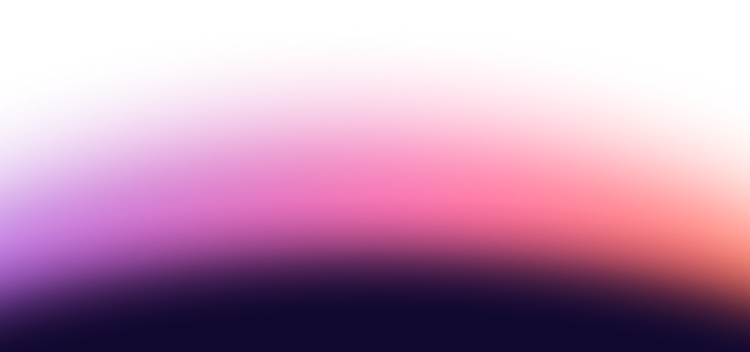The name “cat qubits” is inspired by the relationship between Schrodinger's cat and quantum physics. In the legendary thought experiment, a cat exists in two states – alive and dead – at the same time. In a similar way, except in reality compared to the fictitious feline, a cat qubit exists in two quantum states at the same time.
A typical superconducting qubit encodes one amplitude and one phase. If the encoded amplitude is α, the quantum state can be +α or -α, but not both. The difference with a cat qubit, which is a type of superconducting qubit, is that it encodes the same amplitude twice, but with opposite phases. In order words, the cat qubit exists in the states +α and -α at the same time, thus invoking the comparison to Schrodinger’s infamous cat. The cat spectrum always includes one amplitude with two opposite phases.
For a deep technical dive into cat qubits, try the ScienceDirect paper titled “Cat-qubits for quantum computation.” For a higher-level explanation, try the ScienceDaily article “Schrödinger's cat makes better qubits.”
What are Cat Qubits
Cat qubits are superconducting qubits that offer an unequal trade off in bit flip and phase flip error rates. Whereas superconducting qubits normally experience both bit flip and phase flip errors at high rates, cat qubits trade off an exponential decrease in bit flip error rates and a linear increase in phase flip error rates. The significant benefit to bit flip error rates is perceived as justifying the modest penalty in phase flip error rates.
The reason why this tradeoff is acceptable is due to the standard overhead of quantum error correction codes (QECC). Large numbers of physical qubits are required to encode logical qubits with sufficiently low error rates to achieve fault-tolerant quantum computing (FTQC). Compared to other superconducting qubits, cat qubits propose using far fewer physical qubits per logical qubit to realize the same low error rates. If all other things remain equal, this ought to bring FTQC a step closer to becoming reality.
Theoretical Foundations of Cat Qubits
The theory behind cat qubits integrates the theoretical foundations of superconducting qubits and quantum error correction (QEC). The principles of cat qubits include:
- Whereas a superconducting qubit is always in a single quantum state – a superposition of 0 and 1 – a cat qubit is always in a superposition of two quantum states.
- As if integrating a self-correcting QEC code, cat qubits exponentially suppress bit-flip errors; like QECC, a tradeoff needs to be made in order to achieve this.
- QECC trades off lower error rates and higher physical qubit counts, whereas cat qubits unevenly trade off lower bit flip error rates and higher phase flip error rates
- The path to FTQC can be shortened by combining active QEC with the cat qubits’ passive QEC, thus reducing the ratio of physical qubits per logical qubit.
- Transversal gates, aka logical gates, can be executed that do not re-introduce bit-flip errors to the logical qubits comprising the cat qubits.
It’s worth noting that cat qubits remain mostly theoretical at this point. There are no publicly-available superconducting quantum computers that use cat qubits today.
Experimental Implementations of Cat Qubits
Cat qubits are not entirely theoretical, however. Some of the principles of cat qubits have already been experimentally demonstrated:
- Cat qubits have exhibited bit-flip times exceeding 10 seconds, which is significantly longer than the coherence times of other superconducting qubits.
- A quantum tomography protocol exists that can verify the above without introducing bit-flip errors to the qubits.
QEC codes have already been proposed that would take full advantage of these properties. The end result ought to be FTQC requiring far fewer physical qubits as compared to other superconducting qubits.
.webp)


